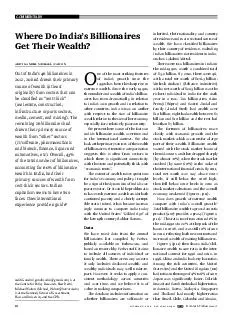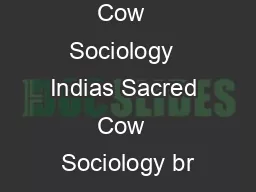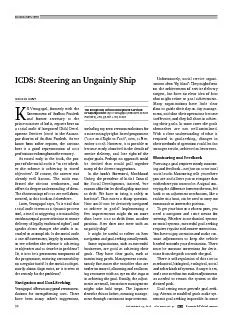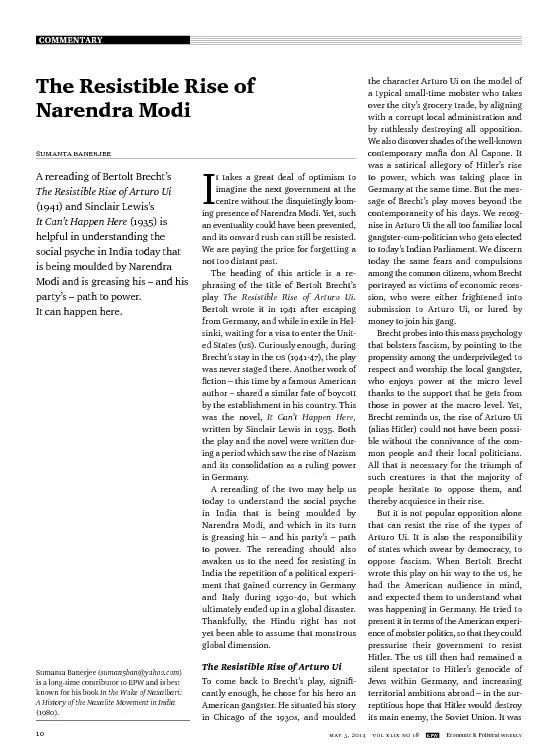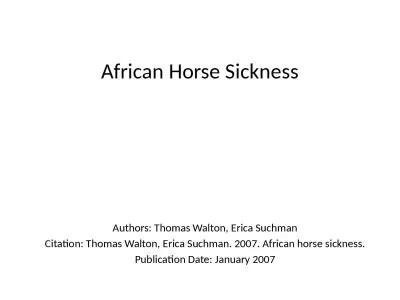PDF-COMMENTARY october vol xlviI no EPW Economic Political Weekly Where Do Indias Billionaires
Author : sherrill-nordquist | Published Date : 2015-02-22
aditigmailcom is at the Centre for Policy Research New Delhi Michael Walton MichaelWaltonharvardedu is at the Kennedy School of Government Harvard University and
Presentation Embed Code
Download Presentation
Download Presentation The PPT/PDF document "COMMENTARY october vol xlviI no EPW E..." is the property of its rightful owner. Permission is granted to download and print the materials on this website for personal, non-commercial use only, and to display it on your personal computer provided you do not modify the materials and that you retain all copyright notices contained in the materials. By downloading content from our website, you accept the terms of this agreement.
COMMENTARY october vol xlviI no EPW Economic Political Weekly Where Do Indias Billionaires: Transcript
Download Rules Of Document
"COMMENTARY october vol xlviI no EPW Economic Political Weekly Where Do Indias Billionaires"The content belongs to its owner. You may download and print it for personal use, without modification, and keep all copyright notices. By downloading, you agree to these terms.
Related Documents

